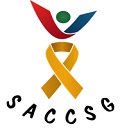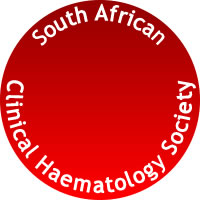Original Research
Satisfaction and quality of life in patients with symptomatic gastroenteropancreatic neuroendocrine tumours treated with lanreotide Autogel in South Africa
Submitted: 15 June 2020 | Published: 01 October 2020
About the author(s)
Daleen Geldenhuys, West Rand Oncology, Johannesburg, South AfricaBernardo L. Rapoport, The Medical Oncology Centre of Rosebank, Johannesburg, South Africa
Samuel Fourie, Drs Alberts, Bouwer & Jordaan, Inc., Pretoria, South Africa
Waldemar M. Szpak, Rainbow Oncology Centre, Amanzimtoti, South Africa
Sylvia Rodrigues, Clinton Oncology Unit, Gauteng Oncology, Alberton, South Africa
Anca I. Pirjol, Amanzimtoti Oncology Centre, Amanzimtoti, South Africa
Jill Harris, Cancercare, Rondebosch, South Africa
Michiel Botha, Cancercare, Outeniqua, South Africa
Natalie Jonas, Cancercare, Port Elizabeth, South Africa
Monique Nel, Medical Department, Sanofi Aventis, Johannesburg, South Africa
Celia Bouharati, Medical Department, Sanofi Aventis, Johannesburg, South Africa
Alicia McMaster, Medical Department, Sanofi Aventis, Johannesburg, South Africa
Abstract
Background: Neuroendocrine tumours are known to impact patients’ quality of life because of the symptoms caused by hypersecretion of serotonin and other peptides, in particular diarrhoea and flushing.
Aim: The Q-SYMTU study was a prospective, observational registry that included 24 symptomatic patients with gastroenteropancreatic neuroendocrine tumours.
Setting: Multiple oncology practices in South Africa.
Method: Patients’ level of satisfaction was evaluated for a 6-month period from initiation of treatment with lanreotide Autogel.
Results: The number of patients who had greater than 50% self-reported reduction in daily episodes of diarrhoea and flushing were 67% and 80%, respectively, over a 6-month period.
Conclusion: Treatment with lanreotide Autogel was generally well tolerated, as demonstrated by low occurrence of Grade 3 and Grade 4 adverse events (AEs). None of the Grade 4 AEs were related to the study treatment. No Grade 5 AEs were reported.
Keywords
Metrics
Total abstract views: 3760Total article views: 3798



